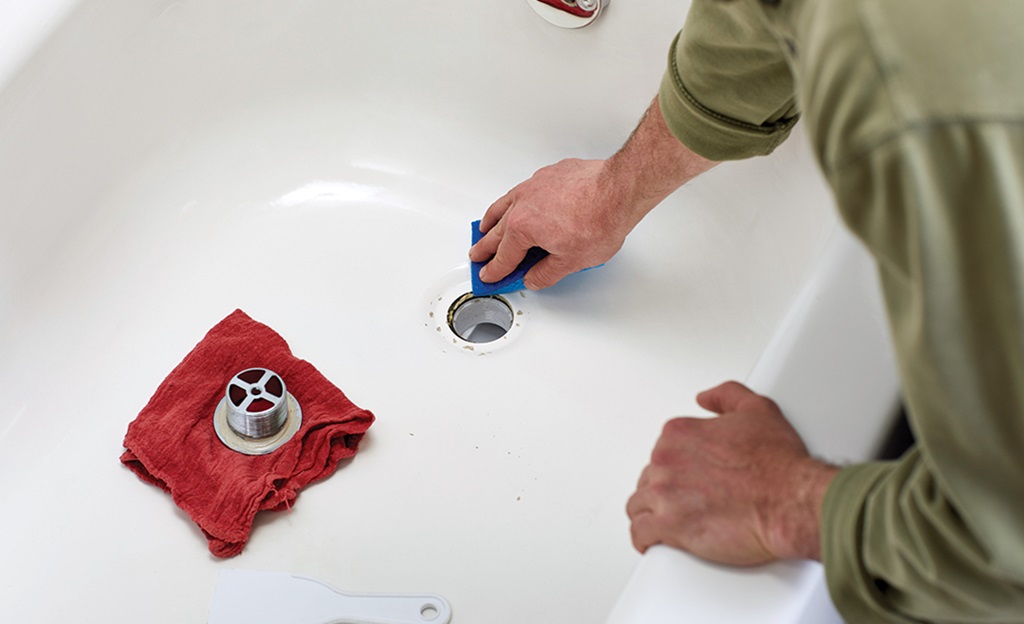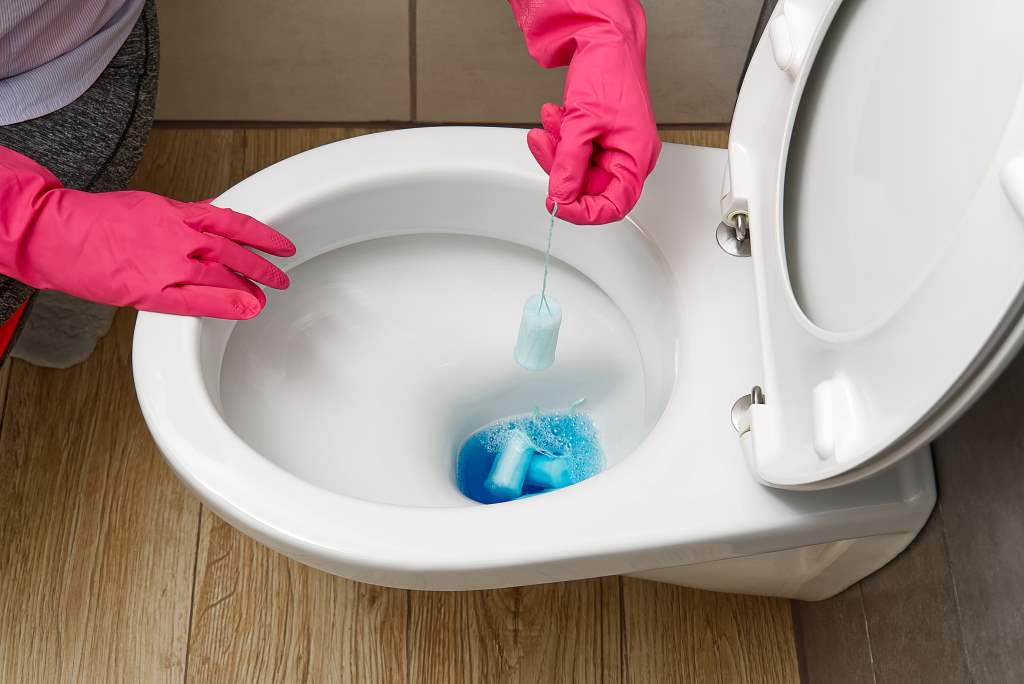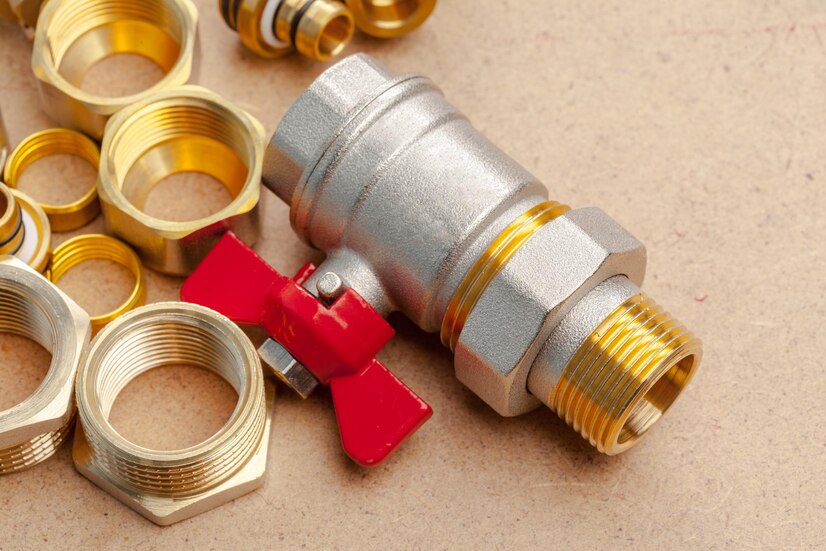A well-functioning bathtub drain is essential for a relaxing bath experience. However, over time, the drain can become corroded due to exposure to water and cleaning products. This can lead to slow drainage or even leaks. Fortunately, replacing a corroded bathtub drain is a project that most homeowners can tackle with the right tools and instructions.
Understanding the Problem
Before you begin, it’s important to understand why your bathtub drain is corroded. Corrosion occurs when metal reacts with oxygen and water, resulting in rust. This can weaken the drain and cause it to fail. Several factors can contribute to corrosion, including:
- Age: Older drains are more likely to be corroded due to prolonged exposure to water and chemicals.
- Material: Certain metals, such as steel, are more prone to corrosion than others.
- Cleaning products: Harsh cleaning chemicals can accelerate corrosion.
Tools and Materials
Gather the following tools and materials before you start:
- Tub drain removal tool (or pliers and a screwdriver)
- New bathtub drain assembly
- Plumber’s putty
- Adjustable wrench
- Old towels or rags
- Bucket
Related: How to Snake a Drain: Taming the Plumbing Serpent
Step-by-Step Instructions
- Preparation: Clear the area around the bathtub drain and lay down old towels or rags to protect the tub’s surface. Place a bucket under the drain to catch any water that may spill.
- Remove the old drain:
- If you have a drain removal tool, insert it into the drain and turn it counterclockwise to loosen the drain.
- You don’t have a removal tool, you can try using pliers or a screwdriver to grip the crossbars inside the drain and turn it counterclockwise.
- If the drain is severely corroded or stuck, you may need to use a hacksaw to cut through the drain flange. Be careful not to damage the tub.
- Clean the drain opening: Once the old drain is removed, clean the drain opening thoroughly. Remove any old plumber’s putty or debris.
- Install the new drain:
- Roll a rope of the plumber’s putty and press it around the underside of the new drain flange.
- Insert the new drain into the opening and press down firmly to ensure a good seal.
- Tighten the drain by hand or with an adjustable wrench. Be careful not to overtighten, as this could damage the drain or the tub.
- Test for leaks: Run water into the tub and check for leaks around the drain. If you see any leaks, tighten the drain further.
Important Considerations
- Type of drain: There are different types of bathtub drains, including push-pull drains, lift-and-turn drains, and trip lever drains. Make sure you purchase a new drain that is compatible with your existing bathtub.
- Overflow drain: If your bathtub has an overflow drain, you may need to remove it to access the main drain. The overflow drain can usually be removed by unscrewing the overflow plate.
- Professional help: If you are uncomfortable working with plumbing or if the drain is severely corroded, it’s always best to call a professional plumber.
Preventing Future Corrosion
To prevent future corrosion of your bathtub drain, consider the following tips:
- Avoid harsh chemicals: Use mild cleaning products that are specifically designed for bathtubs.
- Rinse thoroughly: After cleaning the bathtub, rinse the drain thoroughly with water to remove any residue.
- Inspect regularly: Inspect the drain regularly for signs of corrosion, such as rust or discoloration.
Conclusion
Replacing a corroded bathtub drain may seem like a daunting task, but it’s a project that most homeowners can tackle with the right tools and instructions. By following this guide and taking the necessary precautions, you can restore your bathtub drain to its full functionality and prevent future corrosion.






